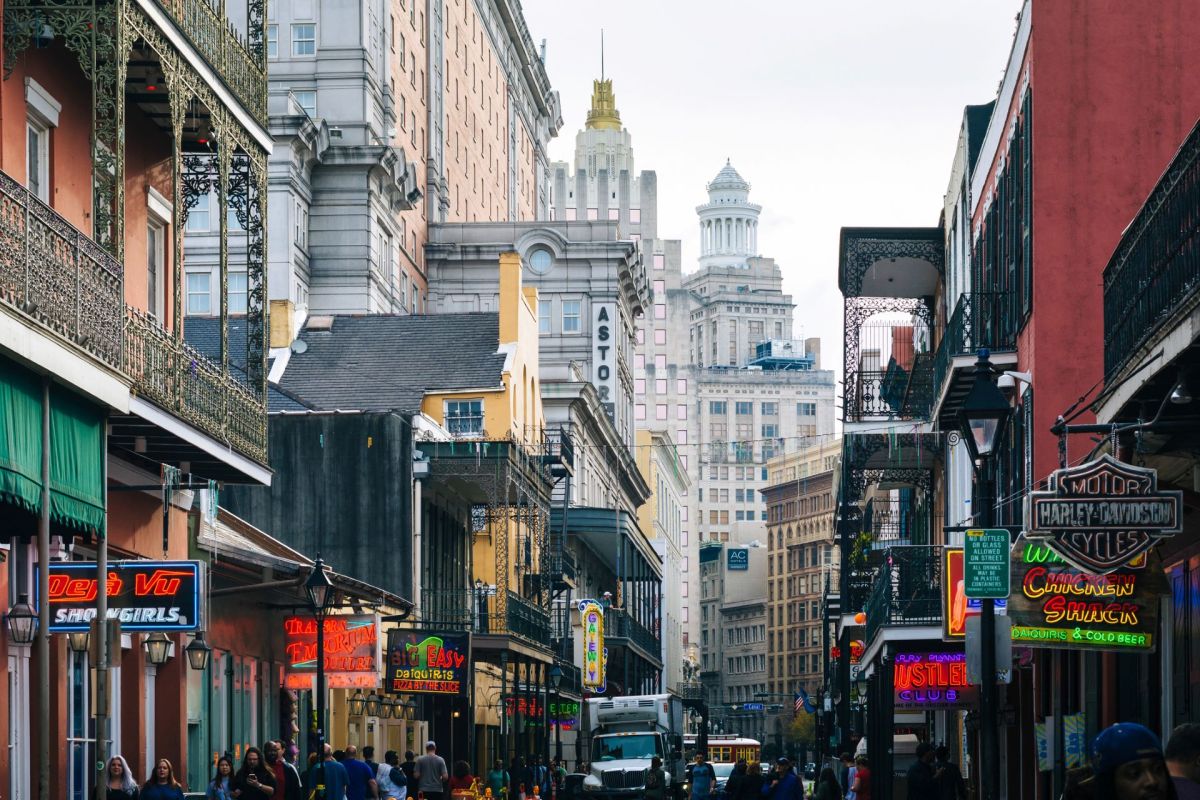Drought conditions this summer have made the Mississippi River vulnerable to saltwater creeping in from the Gulf of Mexico. Now, drinking water supplies for nearly 1 million people in the greater New Orleans area are at risk.
Editor's note: After press time, more encouraging reports emerged saying the threat concern has lessened, though Axios reported that "salinity levels are expected to be higher than average in Algiers [a New Orleans neighborhood], even though they won't reach the threshold to merit an advisory" and that the nearby communities of Belle Chasse and St. Bernard Parish are still expected to have salt "above safe levels." The long-term risk for reoccurrence remains a concern.
What's been happening?
Drought conditions have caused the Mississippi River to reach unusually low levels and significantly weakened its flow. This is putting the Mississippi at risk of saltwater intrusion from the Gulf of Mexico.
Here's how it works. The mouth of the Mississippi sits far below sea level, and it's not necessarily abnormal for a little bit of the gulf's saltwater to make it inland. Because saltwater is more dense than freshwater, it flows along the riverbed underneath the freshwater.
However, the Mississippi's flow is usually strong enough to keep the saltwater from making it too far inland. This year is different, with drought conditions that have led to the Mississippi's lowest levels in recent decades. Subsequently, the river's flow is just not strong enough to hold the saltwater back.
Why is saltwater intrusion on the Mississippi concerning?
Many people rely on the Mississippi for drinking water, but excess salinity in the water we consume can cause elevated sodium levels in our bodies, thereby increasing blood pressure.
It's estimated that the saltwater could reach water intake facilities in Belle Chasse, which is just south of New Orleans, by mid-October. New Orleans facilities are expected to see this brackish water later in the month.
Already, 2,000 people living in Plaquemines Parish, situated south of New Orleans, have relied on bottled water throughout the summer after saltwater infiltrated local water systems.
According to Stephen Murphy, assistant professor at Tulane University's School of Public Health and Tropical Medicine, around 1 million people in the greater New Orleans metropolitan area could be affected if the river remains low.
What's being done about saltwater intrusion on the Mississippi?
The US Army Corps of Engineers (USACE) constructed underwater barriers — similar to levies — to stop the saltwater from flowing upriver in July. However, the saltwater intrusion topped these barriers in mid-September.
The Corps expanded the barriers in late September to further delay the saltwater from moving upstream. However, Murphy said that if conditions stay dry, it is likely that the sill will be topped again.
State officials vowed to work with parishes to test water supplies. USACE said it is hauling in millions of gallons of water to dilute local water supplies if needed.
"We're trying our best to delay the onset of this saltwater wedge moving further north and bide time until hopefully Mother Nature intervenes but also to help us get some assets and resources to offset some of that salt water," Murphy told NBC News.
However, he added that the current crisis is part of a bigger problem regarding drought and a warming world.
"It's something that we can no longer ignore…" he said. "It's unfortunate, but sometimes it takes a moment of crisis to call attention to these things in our own backyards."
Join our free newsletter for cool news and actionable info that makes it easy to help yourself while helping the planet.









